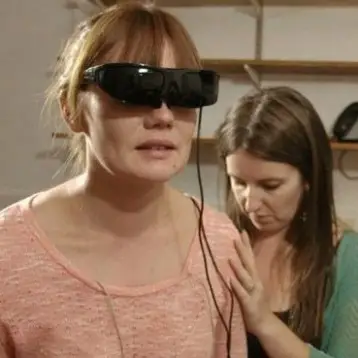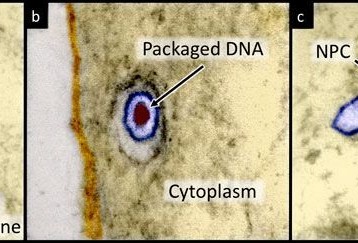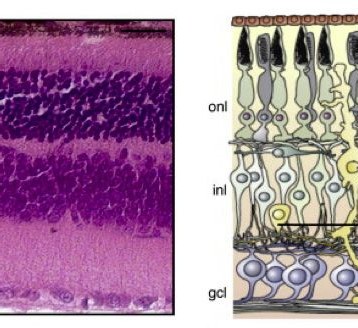|
Professor Yaroslavsky believes that human skin can “see” colors and shapes. He created an optic-less imaging model which is likely to lead to a new form of optical imaging technology which may solve the limitations of existing lens-based imaging devices. His model may also explain how this controversial ancient instinct, which is observable in some plants and animals, might have evolved over millions of years.
Yaroslavsky says that while there are people claiming to have an ability to see with their skin, biologists usually dismiss this possibility. He thinks there is probably a perfectly scientific explanation for this phenomenon and believes that once it’s understood, skin vision could lead to new therapies for helping the blind regain sight and even read.
Scientists are familiar with manifestations of skin vision in nature. Plants orient themselves to light and some animals can see without the use of eyes (for example pit vipers, which use infrared vision, and reptiles, which possess skin sensors). Skin vision in humans is probably a natural atavistic ability involving light-sensitive cells in our skin connected the central and peripheral nervous systems.
Professor Yaroslavsky is working on a theoretical framework for skin vision and developing imaging simulation theories by using computer software. These theories may lead to future devices with practical applications. He says that such devices will end up having distinct advantages over conventional optics-based imaging. He expects these devices to have special sensors for detecting radiation at sea and in airports to indentify terrorist threats, innovative night vision devices or near-weightless mechanisms to steer spaceships in space.
The lenses currently used for optics-based imaging have many problems. They only work within a limited range of electromagnetic radiation. Relatively, these are still costly devices greatly limited by weight and field of view. The imaging Professor Yaroslavsky has in mind has no lenses and he believes the devices can be adapted to any kind of radiation and wavelength. They could essentially work with a 360-degree field of view and their imaging capability will only be determined by computer power rather than the laws of light diffraction.
But before all these dreams come true, the crucial mission of convincing biologists to take a chance on his theories still stands before Professor Yaroslavsky. Biologists’ input is necessary to move the research to the more practical level.
TFOT has recently covered a worm that can sense light through simple photoreceptors discovered at the University of Michigan. We also brought you the smart contact lenses that can help glaucoma patients to measure their current risk factor developed at the University of California, Davis.










